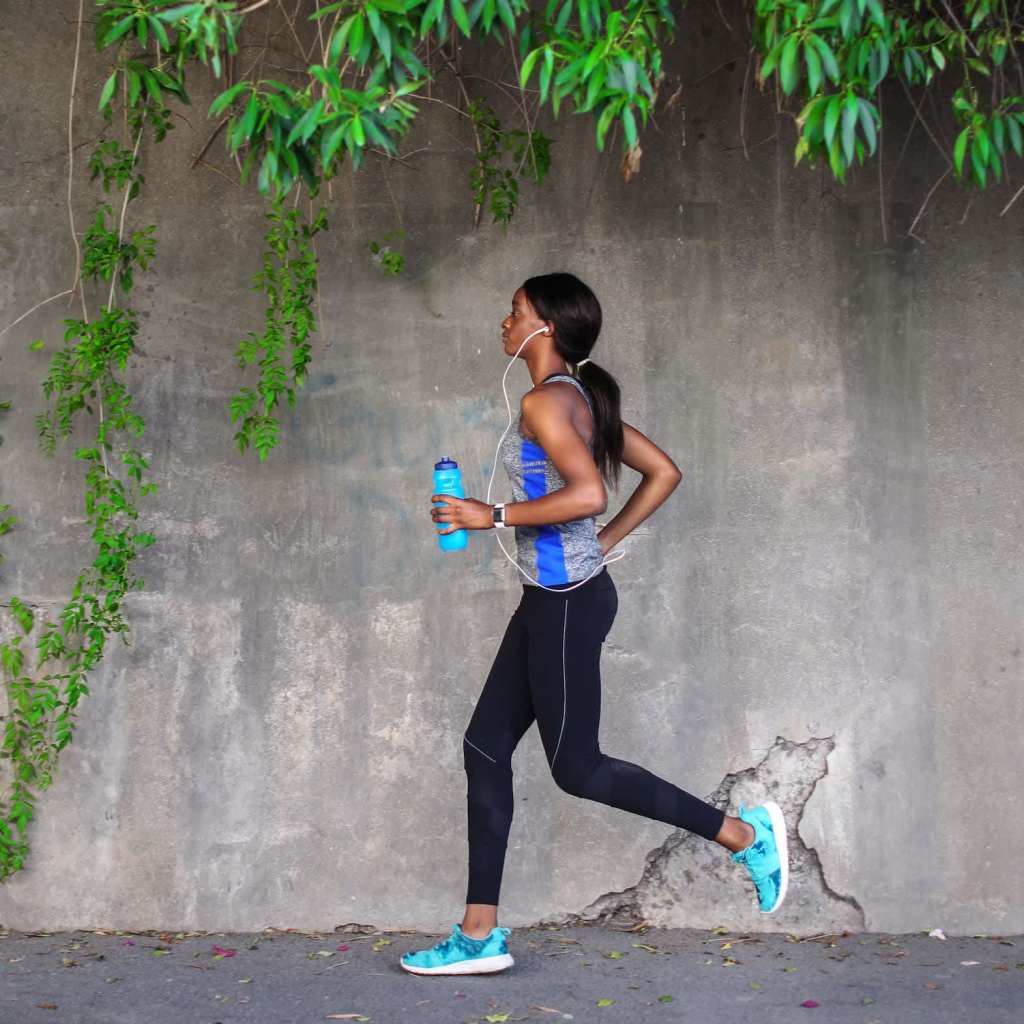I used to only have one requirement for running shoes – they had to pass my official “pickup test.” When I was in a store, if they felt light as a feather when I picked one up off the rack, they got my stamp of approval.
Mind you, this was years ago, and I now know there’s so much more to a good running shoe than its weight in my gym bag – one of those things being the shoe cushioning.
When reading the mini descriptions of running shoes online, you might have noticed phrases referencing soft foam cushioning or supportive cushioning that doesn’t take away from speed.
Turns out, this level of cushioning can have an impact on the risk of developing or preventing an injury. “It’s important for running shoes to have a certain degree of cushioning,” Roberto Mandje, an Olympic runner and New York Road Runners head coach, explained. “The reason being is cushioning is what absorbs the pounding effect that running has on the body, regardless of surface.”
According to Mandje, we experience a vertical force of 1.5 times our bodyweight when we walk – but it increases to three to four times our bodyweight during a run. “The more cushioning a shoe has without affecting your biomechanics or efficiency, the better.”
Mandje said poor running biomechanics in general can increase your risk of injury – but when paired with wearing shoes with little to no cushioning, the risk increases even more.
“Without adequate cushioning from those foot strikes, coupled with perhaps poor biomechanics, the risk of injury to the knee increases – more so if a runner is more of a heel striker than mid-forefoot striker, as it’ll likely be the knee area absorbing the foot’s strike upon the ground,” Mandje said.
On top of buying shoes with the proper amount of cushioning for you from the get-go (a running specialist can help you there) and perfecting your biomechanics (consult a running coach!), be sure to replace your running shoes every 300 to 500 miles.
“When the shoe’s cushioning starts to go, you may experience little aches and pains in your legs as they absorb more of the impact that they typically would’ve when the shoes were newer,” Mandje said. “The minute you put on a new pair of shoes, even if the make and model is the same, you’ll feel the difference between your well-worn, cushion-depleted shoes and what a new cushioned pair should feel like.”
Click here for more health and wellness stories, tips, and news.
Related: How to Tie Your Sneakers so the Laces Stay Put

